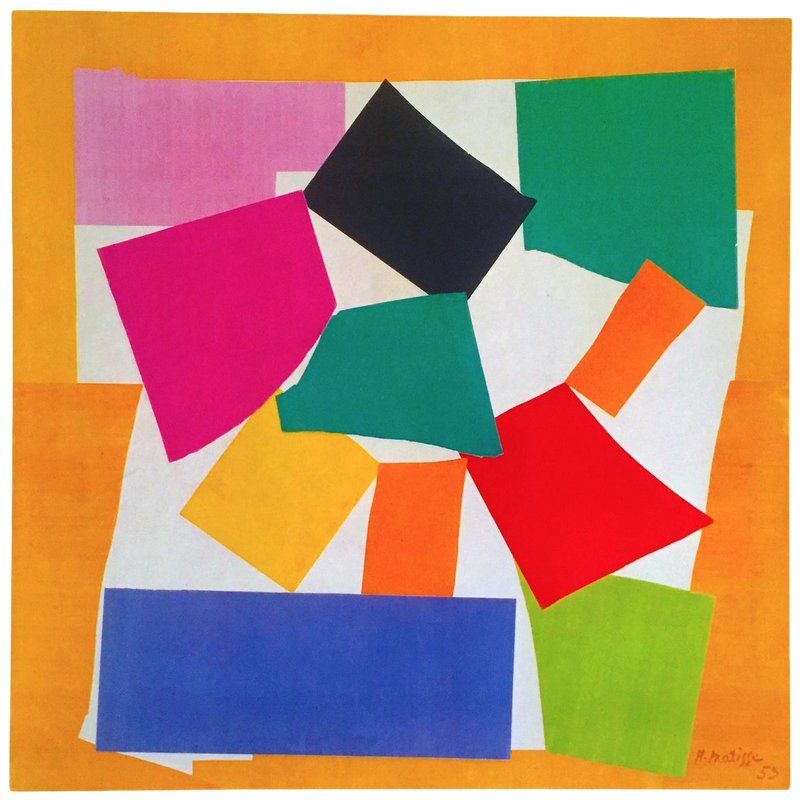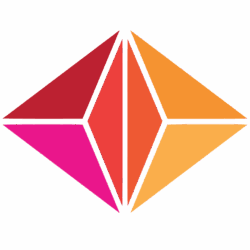In imagining practices that may have seemed outlandish when his book was published in 1988, the jazz musician and critic Ted Gioia seems instead to have anticipated changes in artistic performance that have since produced rapping (with poets improvising), VJ-ing (filmmakers), and visual music (painters).
The last of his three “fantasies” is a fair articulation of what Imager is designed to do—engage visual artists in improvisational interactions with musicians, audiences, and one another.
If improvisation is the essential element in jazz, it may also be the most problematic. Perhaps the only way of appreciating its peculiarity is by imagining what twentieth-century art would be like if other art forms placed an equal emphasis on improvisation. Imagine T. S. Elliot giving nightly poetry readings at which, rather than reciting set pieces, he was expected to create impromptu poems—different ones each night, sometimes recited at a fast clip; imagine giving Hitchcock or Felini a handheld camera and asking them to film something—anything—at that very moment, without the benefits of script, crew, editing, or scoring; imagine Matisse or Dali giving nightly exhibitions of their skills—exhibitions at which paying audiences would watch them fill up canvas after canvas with paint, often with only two or three minutes devoted to each ‘masterpiece.’
Ted Gioia, The Imperfect Art, 1988

